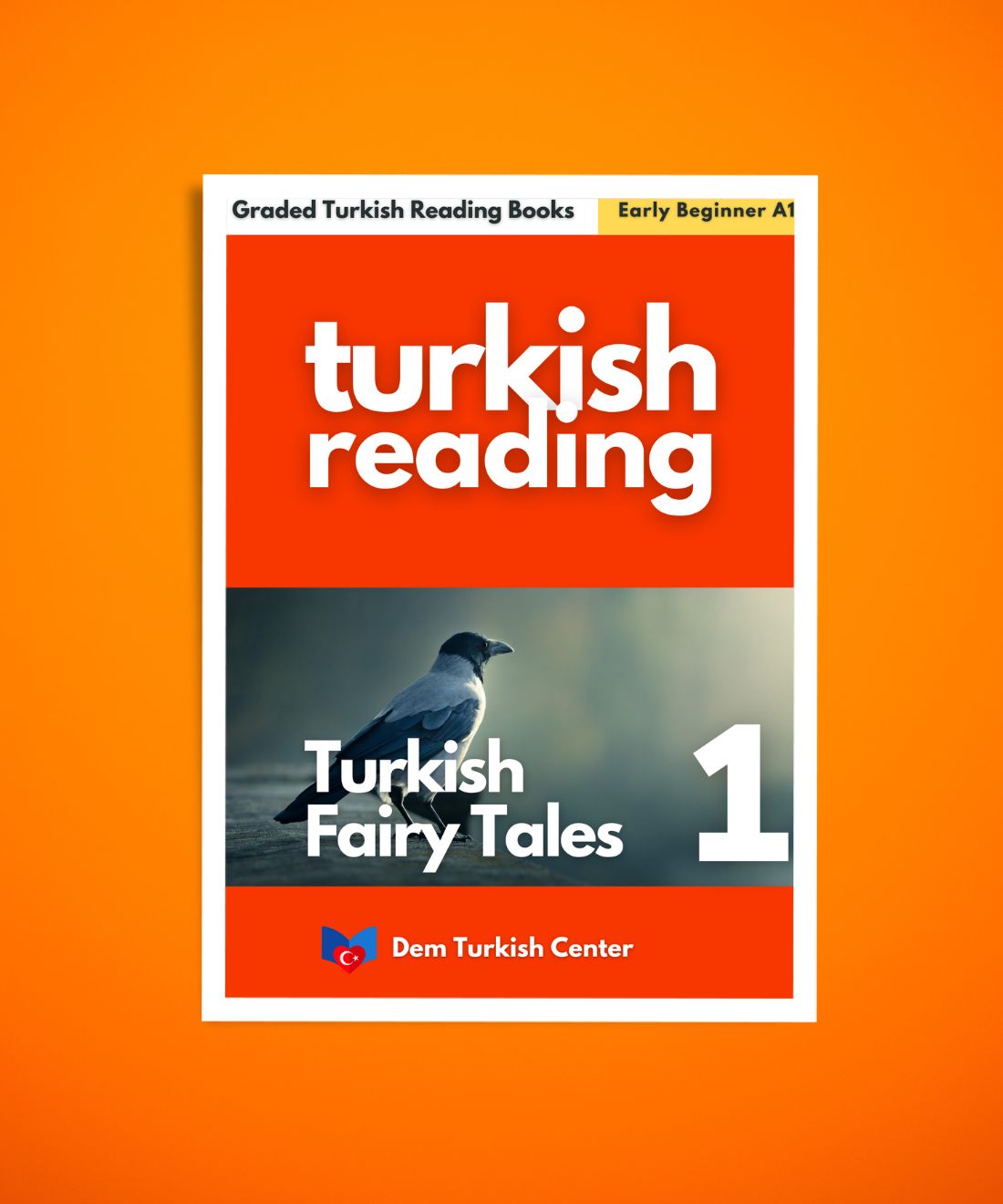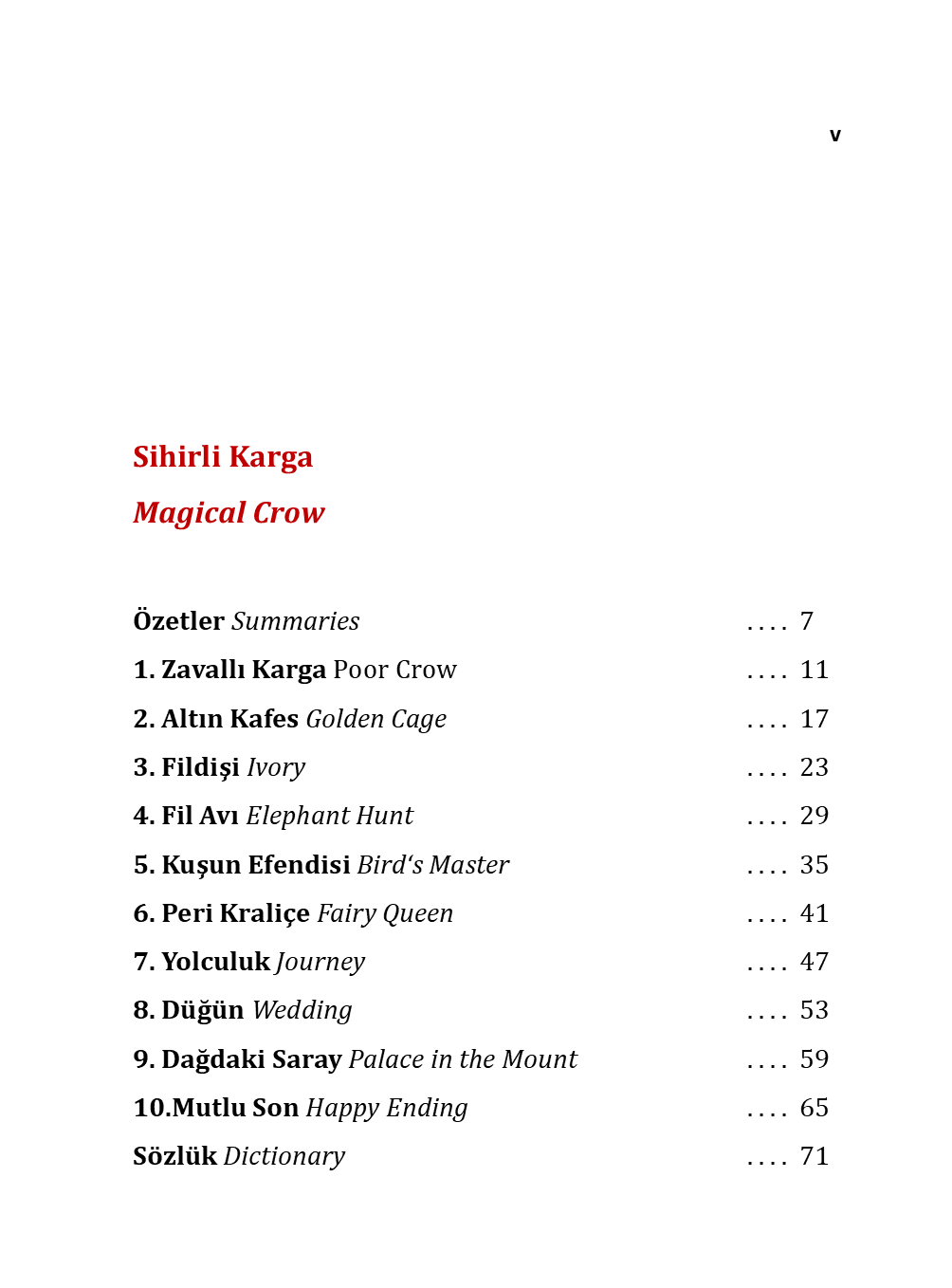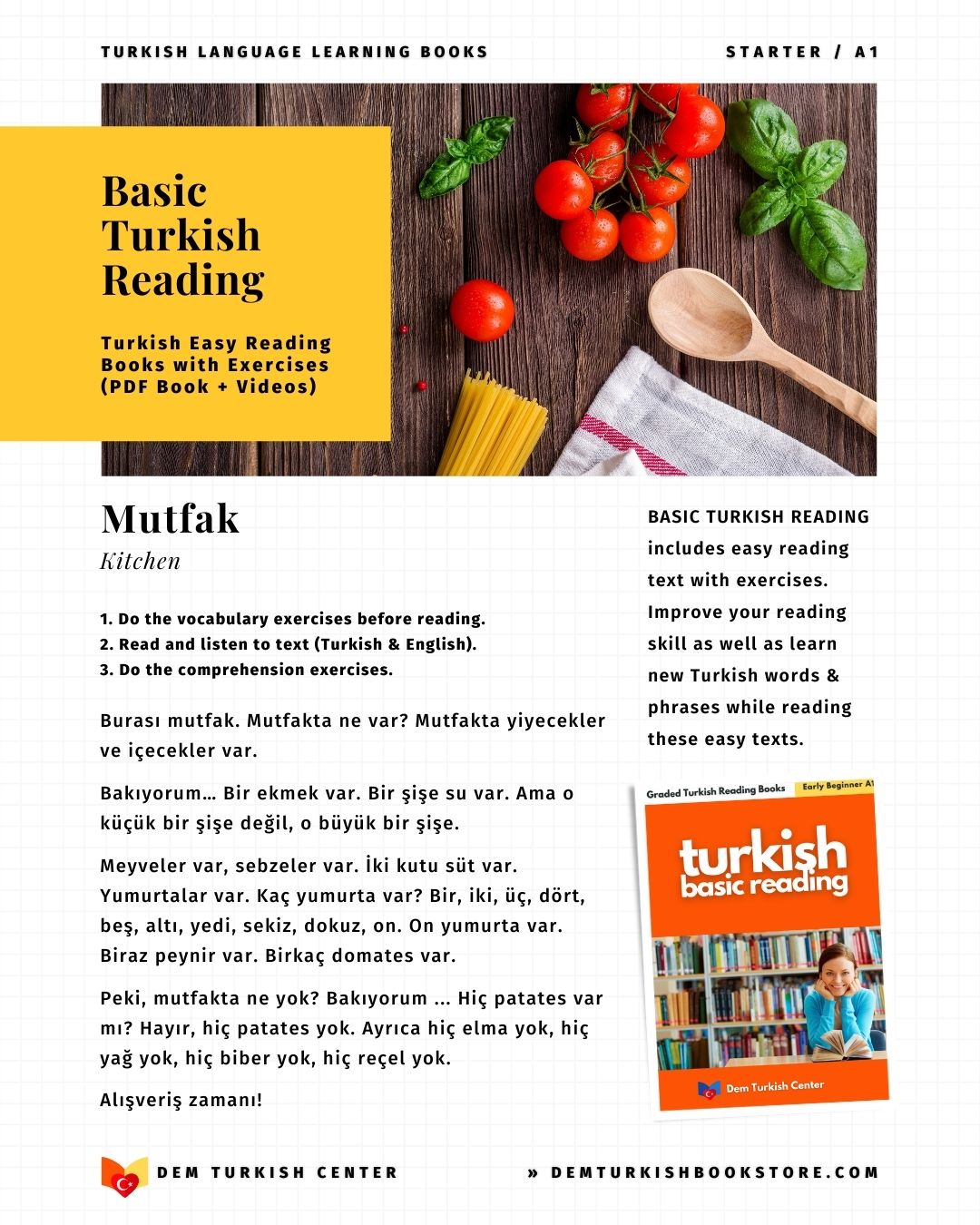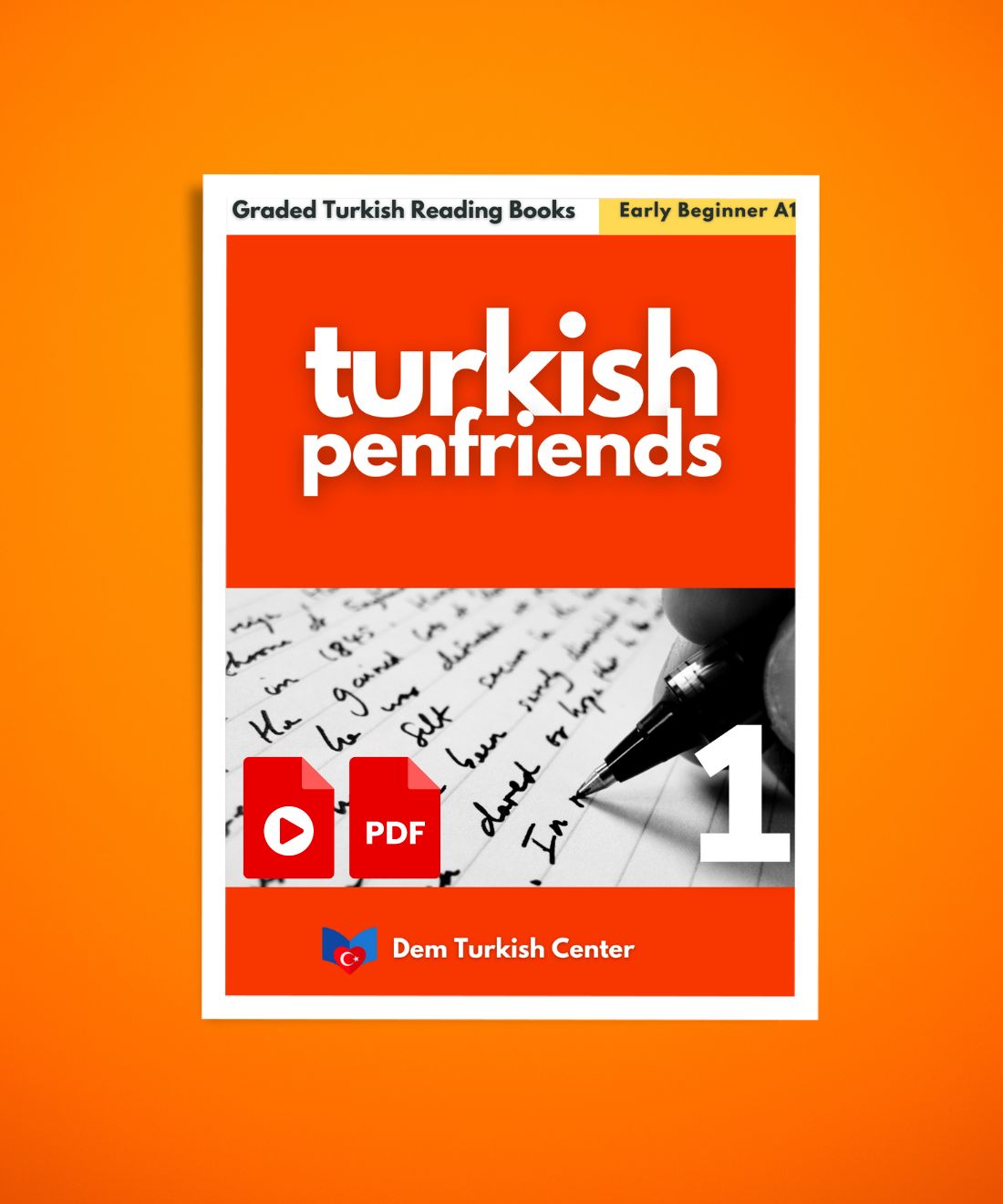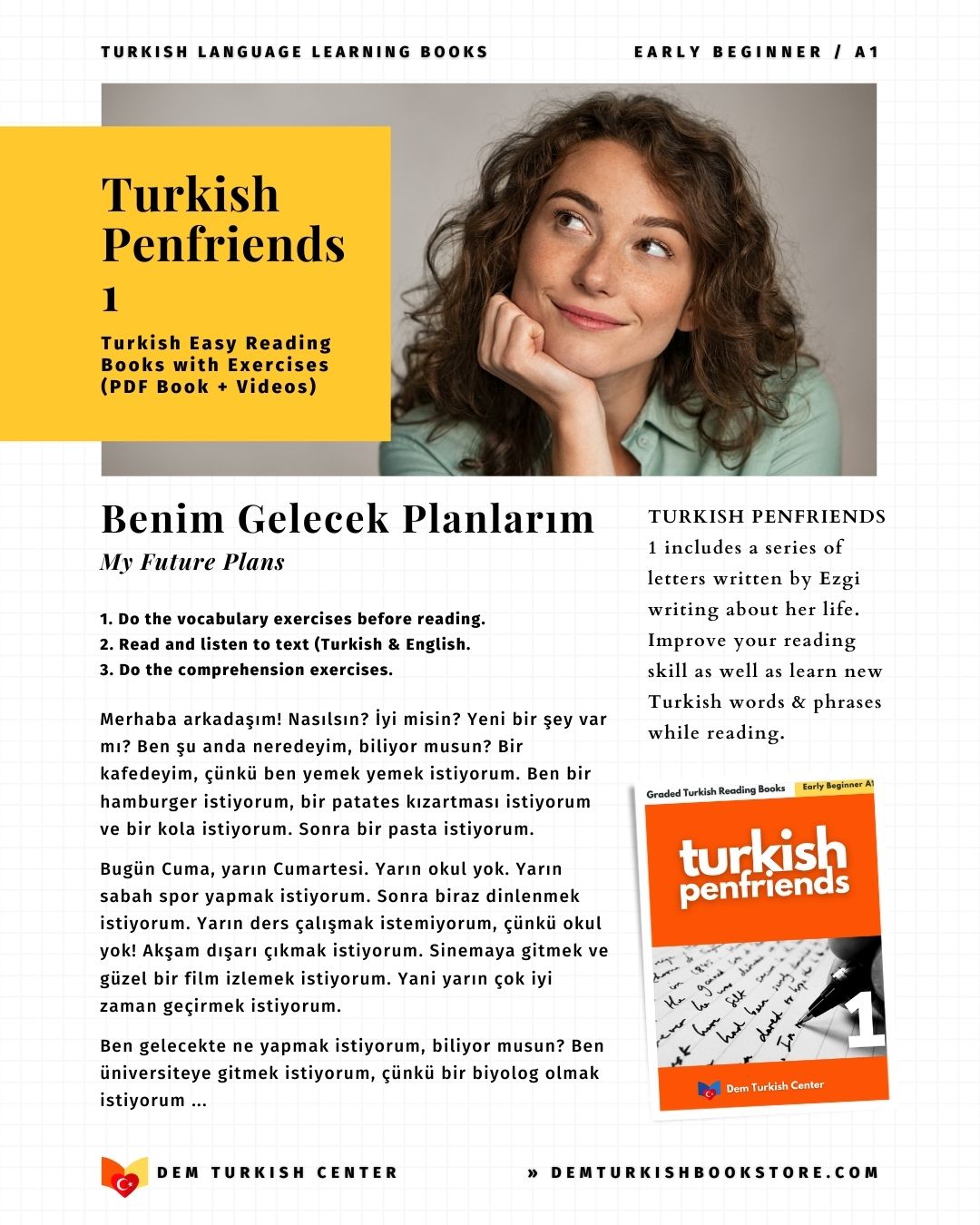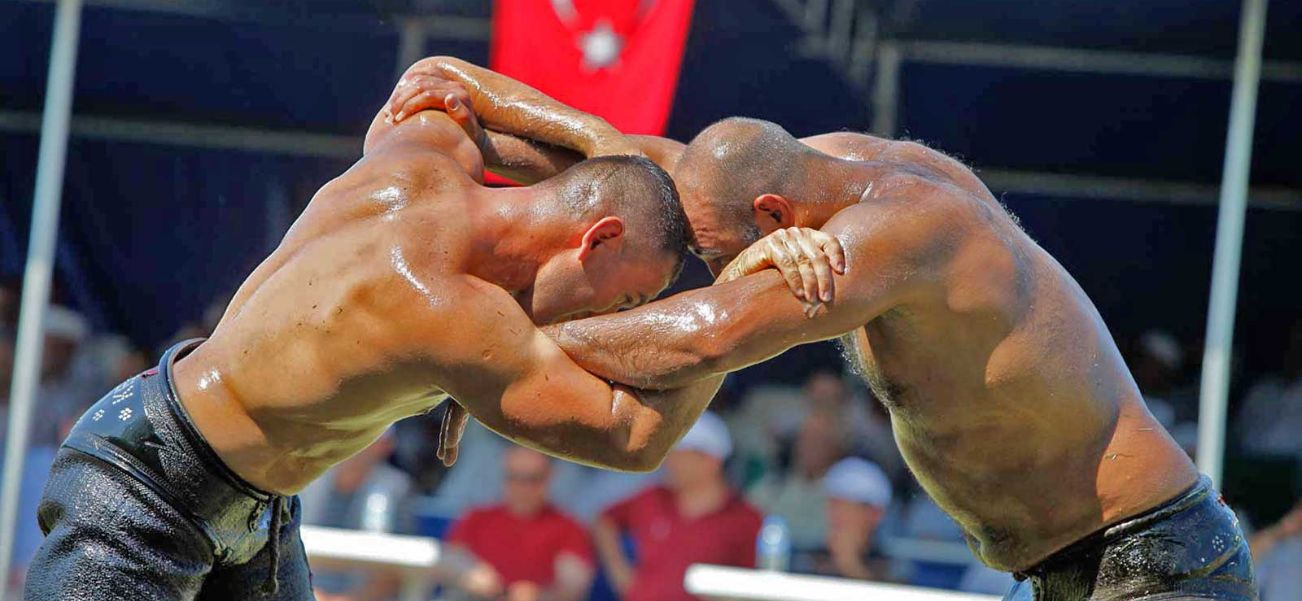
Turkish Oil Wrestling: A Deep Dive into the 665-Year Legacy of The Glistening Giants
In a world of fleeting trends and digital distractions, there exists a spectacle of raw, primal, and deeply spiritual power that has captivated audiences for centuries. Imagine a sun-drenched field, the air thick with the scent of grass and olive oil. Before you stand titans, their bodies glistening under the Turkish sun, clad in stiff leather trousers, locked in a embrace that is as much a dance as it is a struggle. This is "Yağlı Güreş"—the legendary "Turkish Oil Wrestling". It is more than a sport; it is a living, breathing tapestry woven from threads of history, religion, culture, and sheer human will.
This is not just a contest of strength; it is a ritual. It is a pilgrimage for its participants and a mesmerizing tradition for its spectators. To understand Turkish Oil Wrestling is to understand a fundamental piece of the Turkish soul. This blog post will be your guide, exploring the deep-rooted history, the intricate rules, the symbolic attire, and the profound cultural significance of this unique and enduring martial art.
TRADITIONAL TURKISH OIL WRESTLING EXPLAINED!
Turkish Evil Eye Beads (Nazar Boncuğu): Meaning, History, and Beliefs
Echoes from the Past: The Historical Roots of Turkish Oil Wrestling

The story of Turkish Oil Wrestling begins not in a stadium, but on the battlefields of the ancient world. The earliest evidence of wrestling in Anatolia dates back to the civilizations of the Hittites and the Babylonians. However, the form we recognize today was crystallized in the heart of the Ottoman Empire.
The most pivotal event in Oil Wrestling history is the Kırkpınar Tournament, held annually in Edirne. The legend, dating back to 1362, tells of two Ottoman soldiers, Ali and Selim, who were brothers in arms. During a military campaign to conquer Rumelia, they stopped to rest. To pass the time and test their strength, the two brothers began to wrestle. Their contest was so evenly matched that they wrestled for hours, neither able to secure a victory. They continued through the day and into the night, until finally, both collapsed and died from exhaustion.

Their comrades, deeply moved, buried them under a fig tree. Years later, when soldiers returned to the site, they found a spring bubbling up from the ground where the brothers had fallen. They named the area "Kırkpınar," meaning "Forty Springs." In their honor, a wrestling tournament was organized, and it has been held nearly every single year since, making it the oldest continuously running sporting event in the world—a Guinness World Record holder.
Best Festivals & Events in Turkey
This origin story sets the tone for the entire sport. It’s not about animosity, but about respect, brotherhood ("er meydanı" – the field of men), and pushing human limits. The Kırkpınar Tournament remains the absolute pinnacle of Turkish Oil Wrestling, the dream of every "pehlivan" (wrestler).
The Ritual of the Glistening Body: Why Oil?

The most distinctive and defining feature of this sport is, of course, the oil. Before their matches, wrestlers douse themselves from head to toe in olive oil. This practice is both practical and symbolic.
From a practical standpoint, the oil makes gripping incredibly difficult. It neutralizes brute strength and shifts the contest from a simple test of power to a complex battle of technique, balance, leverage, and strategy. A wrestler cannot simply rely on his muscles to overpower an opponent; he must use skill to find a hold, often resorting to intricate moves that require inserting a hand into the opponent's kıspet (the leather trousers). This transforms the match into a slippery, dynamic, and highly tactical affair.
Symbolically, the oil represents purity and a connection to nature. Olive oil has long been considered a sacred substance in Anatolian cultures, used in religious rituals, for healing, and as a source of light and nourishment. By covering themselves in it, the wrestlers are purified, set apart from the ordinary world, and prepared for a sacred contest. The glistening bodies under the sun also create a visually stunning spectacle, highlighting the musculature and making every movement a play of light and shadow.
The Pehlivan: More Than a Wrestler

A pehlivan (Turkish oil wrestler) is not merely an athlete; he is an archetype of Turkish virtue. The word itself is of Persian origin, meaning "hero" or "champion." The code of conduct for a "pehlivan" is as important as his wrestling prowess. He is expected to be humble, respectful, generous, and pious.
Turkish Coffee 101: A Beginner's Guide to This Timeless Tradition
Historically, "pehlivans" were pillars of their communities. They traveled the land, not just to compete, but to spread a message of integrity and strength. This ethos is encapsulated in the saying, "Er meydanı" – the field of men, where true character is revealed not just in victory, but in how one handles defeat. A great "pehlivan" shows respect to his opponents, his elders, and the tradition itself. Before and after each match, they perform a ritual embrace and exchange kisses on the cheek, a powerful display of sportsmanship and brotherhood that is rare in modern competitive sports.
Clothed in Tradition: The Significance of the Kıspet

The "kıspet" are the traditional leather trousers worn by the wrestlers. Made from water buffalo or cow hide, weighing up to 13 kilograms, they are a crucial piece of equipment and a powerful symbol. Their stiff, protruding design is not arbitrary; it provides handles for the wrestlers, who must master the technique of reaching inside the "kıspet" to gain control and execute throws.
Crafting a "kıspet" is an artisanal skill passed down through generations. Each pair is custom-made and molded to the wrestler's body. The process of breaking in a new "kıspet" is a rite of passage in itself, often requiring the wrestler to soak them and wear them for extended periods to achieve the perfect fit. The care and reverence a "pehlivan" shows for his "kıspet" is a direct reflection of his respect for the sport.
The Arena of Men: Understanding the Rules and Ranks

A Turkish Oil Wrestling match takes place on an open grass field. The objective is to achieve a firm hold and control over one's opponent, resulting in a pin. The most common way to win is to put your opponent on his back with his shoulder blades touching the ground, or to lift him up and walk three steps.
However, the primary method of scoring is by reaching into the opponent's "kıspet". This act, known as "paça kazanmak", is a significant achievement. A match can be won by a clear superiority, even without a pin, if one wrestler consistently dominates and controls the "kıspet".

The sport has a unique ranking system, a hierarchy that every wrestler aspires to climb:
- Başaltı The starting level for newcomers.
- Küçük Orta The "small middle" division.
- Büyük Orta The "big middle" division.
- Başpehlivan The "head wrestler," the champion.
The ultimate goal for any serious competitor is to win the "Kırkpınar Tournament" and be crowned the "Başpehlivan" of the year, a title that carries immense prestige and honor.
The Modern Pehlivan: Preserving Tradition in a Changing World
In the 21st century, Turkish Oil Wrestling faces the challenge of staying relevant. Yet, it is experiencing a remarkable resurgence. While it remains a deeply Turkish tradition, its appeal is becoming more global. International documentaries and social media have introduced the glistening giants to a worldwide audience, sparking curiosity and admiration.

Modern "pehlivans" often come from specific regions in Turkey, like the wrestling heartland of "Karakucak". They still undergo rigorous training, but now often combine traditional methods with modern sports science. The Turkish government and various foundations actively work to preserve and promote "Yağlı Güreş" as an intangible cultural heritage.
The Kırkpınar Festival itself has evolved into a massive cultural event, featuring music, food, and a vibrant fair, attracting tens of thousands of tourists. This ensures that the economic and cultural engine of the tradition continues to thrive, funding the next generation of wrestlers.
A Spectacle for the Senses: Experiencing Turkish Oil Wrestling

To watch a Turkish wrestling match is a multisensory experience. The visual of the oiled bodies in the sunlight is unforgettable. The sound is a symphony of its own: the deep, rhythmic breathing of the wrestlers, the slap of flesh on flesh, the calls of the referees, and the encouraging shouts from the crowd. The air is filled with the distinct, earthy aroma of olive oil mixed with grass and sweat.
The matches can be long, strategic marathons. It’s not uncommon for contests to last an hour or more, a true test of endurance. The tension builds slowly, with periods of stalemate suddenly erupting into a flurry of explosive action as one wrestler seizes an opportunity. It requires a patient eye to appreciate the subtle shifts in weight, the feints, and the intricate footwork that precede a dramatic throw.
Conclusion: The Unbroken Chain

Turkish Oil Wrestling is a powerful anomaly in the modern sporting landscape. In an age of hyper-commercialization, it remains a profoundly spiritual and cultural practice. It is a sport where the journey and the code of honor are as important as the victory. The "pehlivan" is a symbol of an older, perhaps more noble, ideal of the athlete: strong yet humble, fierce yet respectful, individual yet bound to a community.
From the legendary fields of Kırkpınar to local festivals across Turkey, the chain that connects the 14th-century brothers Ali and Selim to the "Başpehlivan" of today remains unbroken. It is a living monument to Turkish history, a dramatic display of human physicality, and a beautiful testament to the enduring power of tradition. So, the next time you see an image of these glistening giants locked in their timeless embrace, remember—you are not just looking at a sport. You are witnessing a 665-year-old story of brotherhood, resilience, and the unyielding spirit of the "pehlivan".







